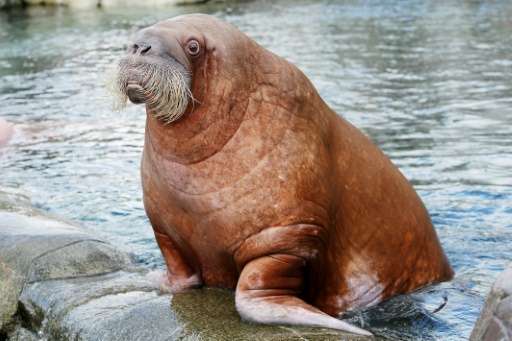The walrus is both unique, and especially sensitive to environmental changes, experts noted
Both Atlantic walrus and eastern migratory caribou are at risk of extinction in Canada's Arctic, a panel of experts has warned.
The Committee on the Status of Endangered Wildlife in Canada (COSEWIC), which met in Whitehorse, said Monday that the number of Canadian northern wildlife species at risk now stands at 62.
"Over the past few decades, the areas inhabited by the few thousand High Arctic walruses and the more numerous Central and Low Arctic population have shrunk and continue to do so. As the climate warms and sea ice recedes, interaction with industry and tourism is increasing," the experts' report said.
"These threats, layered upon ongoing harvesting, led the committee to recommend a status of Special Concern for both populations."
The walrus is both unique, and especially sensitive to environmental changes, experts noted.
"Walruses have been very important to the Inuit, both as food and in their culture, and they remain so today," said COSEWIC member Hal Whitehead.
And "walruses are particularly sensitive to disturbance, and certainly deserve special attention," he stressed.
The committee also sounded the alarm for eastern caribou. A famous herd, named for the George River, in Quebec and Labrador numbered over 800,000 in 1993.
"The figure has fallen to an unprecedented low of a few thousand animals. A second major herd is also in serious decline," the experts said.
Graham Forbes, co-chair of COSEWIC's Terrestrial Mammals Subcommittee, voiced concern about sensitivity of caribou to human activity, which he said was aggravated by swift northern climate change.
"Shrubs increasingly cover landscapes that were once dominated by lichen, caribou's major winter food source, and overharvest continues. We are worried that these factors may make it very hard for herds to recover," he said.
© 2017 AFP























